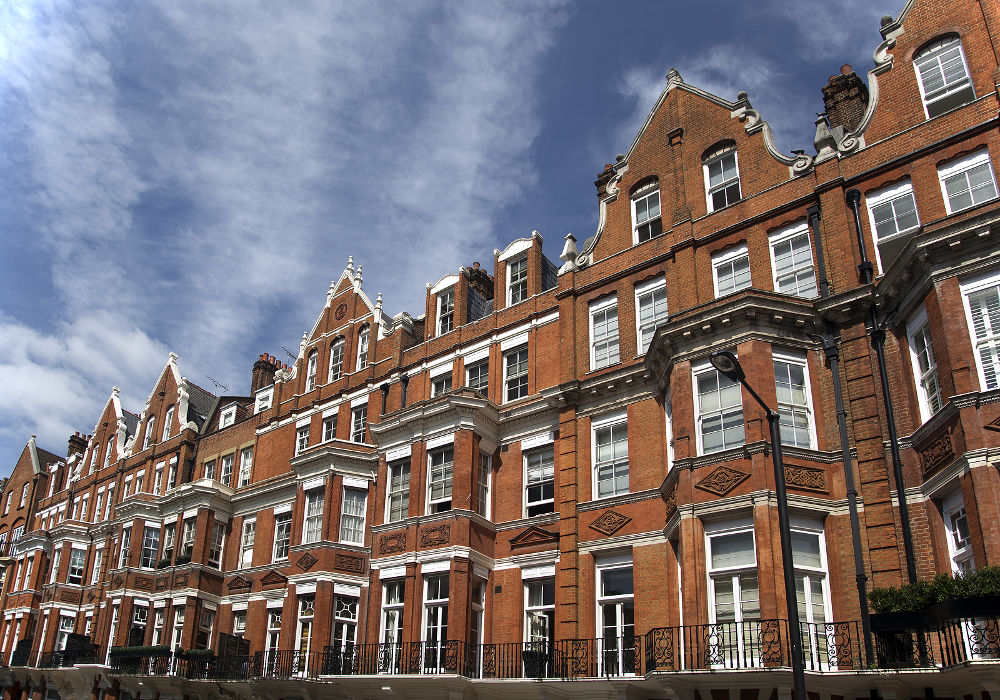When it comes to low-risk investment options, luxury real estate has always been a safe bet, and buying to let can provide a lucrative additional income stream on top of the long-term appreciation of a property’s value.
Investing in high-end homes has become a popular way for savvy investors to diversify their portfolios and mitigate the impact of dramatic peaks and troughs in prices of other, more volatile assets like stocks, shares and cryptocurrency – but while it might seem like a simple way to grow your capital, you’ll still need to have a carefully thought-out strategy in place if you’re considering taking the plunge, in order to get the most out of your money.
Here, we take a look at four crucial things every property investor should know before beginning their buy-to-let journey, handpicked from the experts at Clements Financial, a leading mortgage advisor in Peterborough.

Know the market dynamics
If you’re already clued up on investing then you’ll already be aware of the importance of understanding your market and how it works, as well as getting your head around any predictable trends. Take some time to look into the desirability of properties in your target locations, as well as rental demand, property prices and future growth projections. Those that are located close to transport links, schools and other local amenities, as well as business districts, tend to be in the highest demand and thus have the best chance of providing you with consistent rental income.
Look into financial planning and mortgages
As we’ve touched upon, having a long-term strategy is key when starting out in the buy-to-let space, and knowing your budget, financing options and any additional costs that tend to be involved in buying and maintaining a rental property is essential. It’s important to bear in mind the differences between buy-to-let mortgages and standard mortgages designed for those who will be living in a property themselves; they can be considerably more costly than residential mortgages and require a larger deposit – often around 25-40 per cent of a property’s total value – and stamp duty rates are also three percent higher, which can quickly add up when purchasing a pricey luxury home.
You’ll also want to bear in mind that the lending criteria may be a little tighter, and factor in potential costs other than mortgage repayments, such as property management fees, maintenance and repair expenses, insurance, and periods when the property might be vacant.
Choose the perfect property
It’s easy to get swept up in the appeal of the first property you look at, particularly when its aesthetic appeal is hard to ignore. But to ensure you invest your money wisely, consider the type of tenants you’d like to attract and assess the property to determine whether it realistically meets their needs. While a modern apartment in the city centre might appeal to young professionals, a house with a garden in a suburban area is likely going to be more attractive to families. Look at the condition of the property, too; if you plan to renovate then this can add significant costs to your bill before you can start renting it out, whereas one that is ready to go will start bringing in income as soon as you are able to secure tenants.

Legal responsibilities and regulations
Being a landlord comes with a host of legal responsibilities and regulations that it’s key to ensure you understand thoroughly to avoid any potential legal issues and guarantee the safety and well-being of your tenants. Health and safety compliance is important to make sure the home you plan to rent out meets a strict set of standards, including having working smoke alarms, gas safety certificates, and electrical safety checks.
You’ll need to have a comprehensive tenancy agreement drawn up, outlining the terms and conditions of the rental arrangement to protect both parties, and use a government-approved deposit protection scheme to safeguard the tenant’s deposit. Verifying that tenants have the legal right to rent in the UK is also vital before allowing them to sign on the dotted line.
The bottom line
Investing in buy-to-let properties can be a great way to diversify your portfolio and build a lucrative additional income stream – but success in the market requires thorough research, careful financial planning, strategic property selection, and adherence to legal responsibilities. You’ll also need to have a long-term plan for property management and maintenance to ensure it remains up to standard and retains its value – but with the right approach, it’s possible to build a profitable, low risk portfolio that will set you up for the future.






















